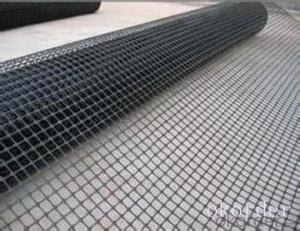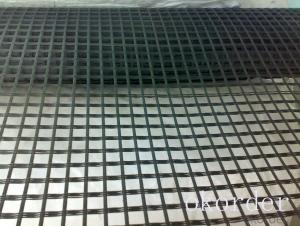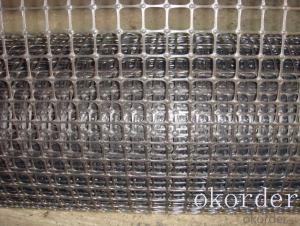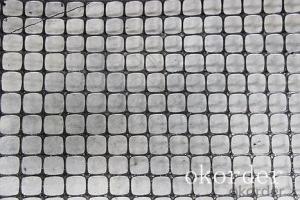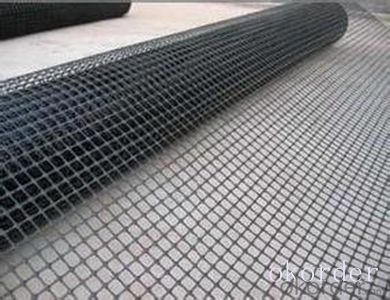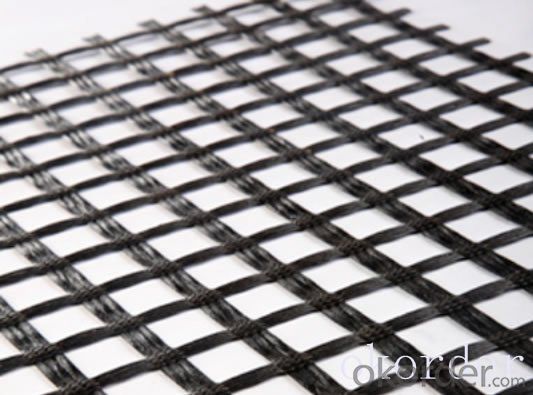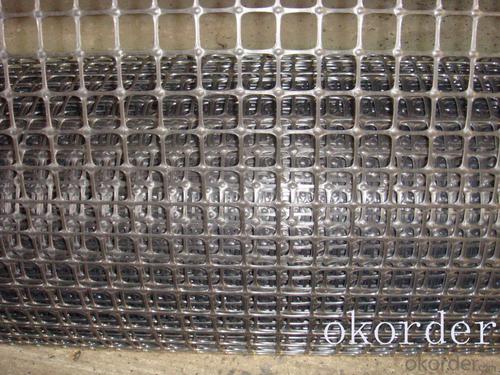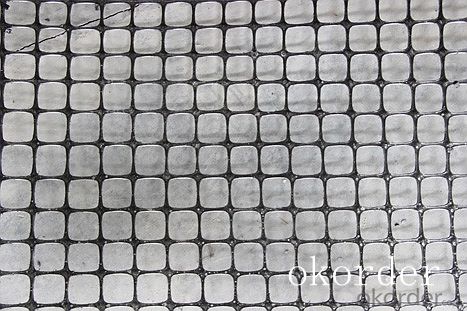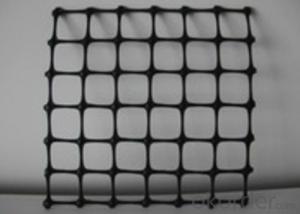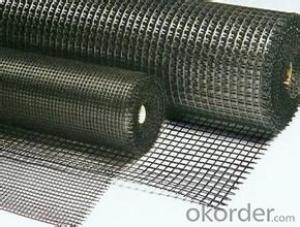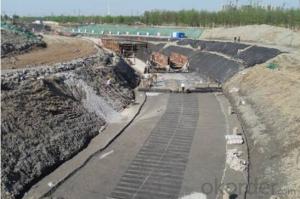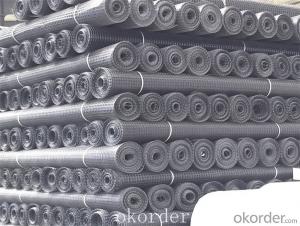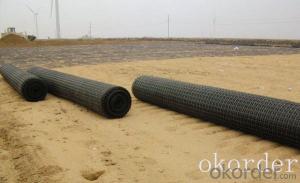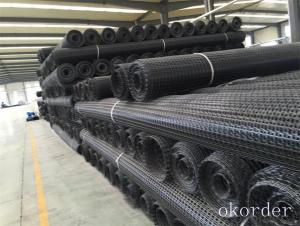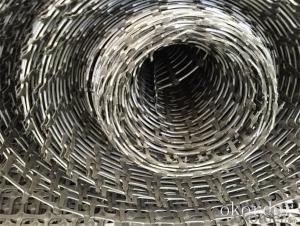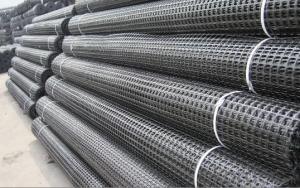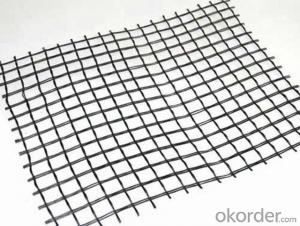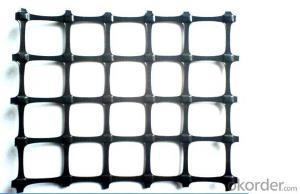Tensar Biaxial BX Geogrids - High Strength PP Plastic Polypropylene Geogrids Made in China
- Loading Port:
- China main port
- Payment Terms:
- TT OR LC
- Min Order Qty:
- 1000 m²
- Supply Capability:
- 10000000 m²/month
OKorder Service Pledge
OKorder Financial Service
You Might Also Like

PP Plastic polypropylene geogrid biaxial
The properties of Biaxial Geogrids, made in Polypropylene (PP) with their square apertures, high tensile strength and optimised geometry of nodes and ribs make them equal to any other similar material.
A geogrid is geosynthetic material used to reinforce soils and similar materials. Geogrids are commonly used to reinforce retaining walls, as well as subbases or subsoils below roads or structures.
Model Number:
20KN/M--50KN/M
Material:
Plastic
width:
1-6m
Certificate:
CE,ISO
Our Service
Quality assurance
1.On a regular basis or as per your request,we entrust national testing agencies to conduct quality inspections
2. Strictly in accordance with the ISO9001-2008 international quality system standard,we monitor and manage the whole process throughout production,quality testing,and measurement to ensure product quality
3. For quality-related construction delay or substandard construction(except for damage or losses due to customer’s responsibility or irresistible natural disasters),we have refunding,replacement,and repair services.We will respond to customers’ feedbacks on quality issues within 24 hours.
Packaging & Shipping
Packing: PLASTIC FILM INSIDE, AND WOVEN BAG OUTSIDE
Shipping: About 15 days after receipt the deposit
FAQ:
Q: What kind of payments does jenor support?
A: T/T, L/C, Cash are accepted.
Q: Do you charge for the samples?
A: Accordeing to our company policy, the samples are free, we only charge the freight fee. And we will return the freight fee during the next order.
Q: Can you produce according to customers' design?
A: Sure, we are professional manufacturer, OEM and ODM are both welcome.
Q: Do you have other products?
A: Yes, please check the pictures:
- Q: What is the price of geogrid? There are geogrid manufacturers that good?
- I come to help you answer, geogrid with fiberglass geogrid, plastic geogrid, steel plastic geogrid, polyester geogrid, etc., there are two-way and one-way points, there are three special shaped, etc.According to the general specification of geogrid tension kn, such as 20kn/m,
- Q: Are geogrids suitable for reinforcement of mechanically stabilized aggregate layers?
- Yes, geogrids are suitable for reinforcement of mechanically stabilized aggregate layers. Geogrids are designed to enhance the load-bearing capacity and stability of soil or aggregate layers. They can effectively distribute and transmit load forces, improving the overall performance and longevity of mechanically stabilized aggregate layers.
- Q: What are the applications of geogrids in civil engineering?
- Geogrids have numerous applications in civil engineering. They are commonly used for soil stabilization, especially in areas with weak or unstable soils. Geogrids provide reinforcement and improve the load-bearing capacity of the soil, making them ideal for constructing roads, embankments, and retaining walls. They also prevent soil erosion and help in the construction of reinforced slopes. Additionally, geogrids are utilized in the reinforcement of foundations, landfills, and land reclamation projects. Overall, geogrids play a crucial role in enhancing the durability and stability of civil engineering structures.
- Q: How do geogrids improve the stability of landfills?
- Geogrids improve the stability of landfills by providing reinforcement to the soil layers. They act as a barrier to prevent the sliding and spreading of waste materials, increasing the overall strength and stability of the landfill. Additionally, geogrids help in distributing the load evenly, reducing the stress on the landfill walls and preventing potential failures or collapses.
- Q: Are geogrids suitable for use in soil reinforcement for bridge abutments?
- Yes, geogrids are suitable for use in soil reinforcement for bridge abutments. Geogrids offer a cost-effective solution to improve the strength and stability of soil, preventing erosion and settlement. They provide excellent tensile strength and interlocking capabilities to distribute loads, making them effective in reinforcing bridge abutments and enhancing their performance.
- Q: What are the design considerations for geogrid-reinforced pavements on soft soils?
- Some of the key design considerations for geogrid-reinforced pavements on soft soils include assessing the soil's strength and settlement characteristics, determining the appropriate geogrid type and placement, ensuring proper installation and construction techniques, considering drainage and moisture control, and conducting reliable monitoring and maintenance to ensure long-term performance and stability of the pavement.
- Q: Can geogrids be used in road widening projects?
- Yes, geogrids can be used in road widening projects. Geogrids are commonly used in road construction and rehabilitation projects as they provide a stable base, reduce soil movement, and improve the overall performance of the road. In road widening projects, geogrids can help reinforce the existing road structure, increase load-bearing capacity, and prevent the potential failure of the widened sections.
- Q: How do geogrids improve the performance of geosynthetic clay liners?
- Geogrids improve the performance of geosynthetic clay liners by providing added stability and reinforcement. They distribute loads more evenly, reducing the risk of liner deformation and maintaining its integrity. Geogrids also enhance the liner's tensile strength, preventing cracks and enhancing its resistance to shear forces. Overall, geogrids enhance the durability and performance of geosynthetic clay liners, increasing their effectiveness in various civil engineering applications.
- Q: What are the standards for geogrid testing and certification?
- The standards for geogrid testing and certification typically include various parameters such as tensile strength, junction strength, aperture size, creep behavior, and durability. These tests are conducted according to industry-recognized standards such as ASTM D6637, ISO 10319, and GRI-GG2. The certification process ensures that geogrids meet the required performance criteria and can be used effectively in geotechnical applications.
- Q: Are geogrids suitable for reinforcing railway subgrades?
- Yes, geogrids are suitable for reinforcing railway subgrades. Geogrids provide effective soil stabilization, improve load-bearing capacity, and reduce settlement, making them an ideal solution for reinforcing railway subgrades and ensuring long-term performance and stability of the tracks.
Send your message to us
Tensar Biaxial BX Geogrids - High Strength PP Plastic Polypropylene Geogrids Made in China
- Loading Port:
- China main port
- Payment Terms:
- TT OR LC
- Min Order Qty:
- 1000 m²
- Supply Capability:
- 10000000 m²/month
OKorder Service Pledge
OKorder Financial Service
Similar products
Hot products
Hot Searches
Related keywords
